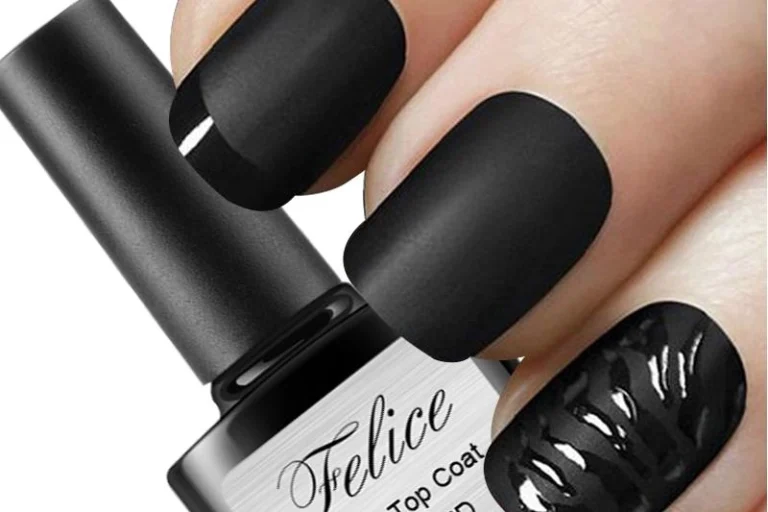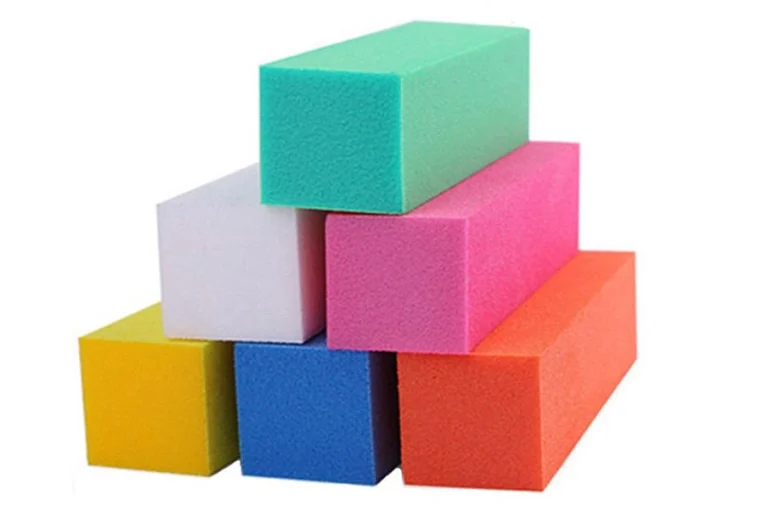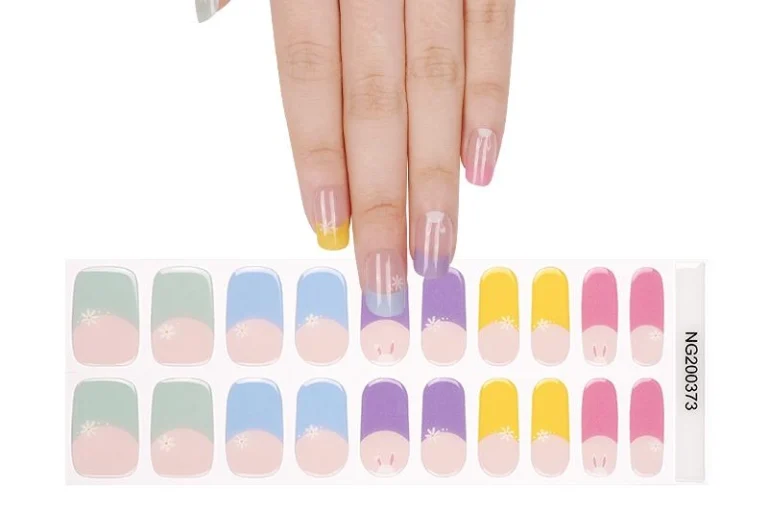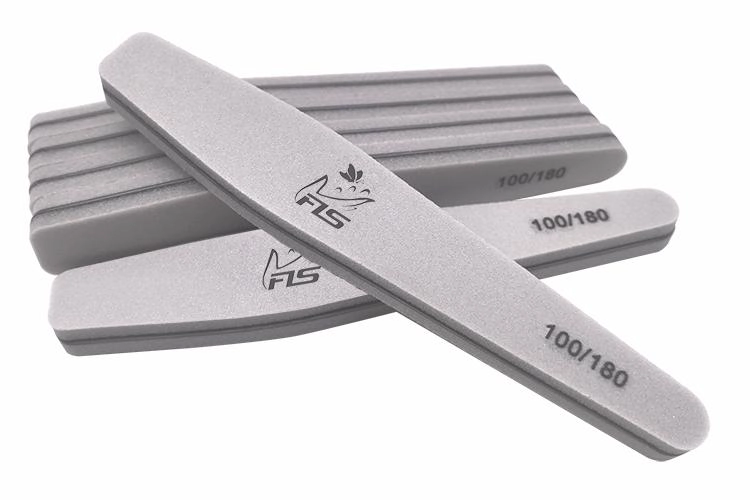
Introduction to Sandpaper Nail Files
Sandpaper nail files are vital tools for keeping your nails healthy and looking good. They’re available in different grit levels and materials, each one fitting specific nail types and tasks. Picking the perfect sandpaper nail file helps you file smoothly, reduces harm, and boosts overall nail care. Knowing the details of grit levels, pairing them with your unique nail type, and focusing on material strength can really improve your manicure or pedicure routine.
Understand Grit Levels
The grit level of a sandpaper nail file shows how rough or smooth it is. It also hints at what jobs it’s best for. Grit levels fall into coarse, medium, and fine groups.
Coarse Grit (80-180)
Coarse grit files sit between 80 and 180 grit. They’re built for tough jobs like shaping fake nails or peeling off thick layers of acrylic or gel. Their gritty surface makes quick work of material. But they’re too harsh for natural nails. You risk overdoing it and causing damage.
Medium Grit (200-400)
Medium grit files range from 200 to 400 grit. They find a nice middle ground between rough and gentle. They’re great for shaping natural nails without wearing them down too much. Plus, they can smooth bumps on artificial nails or get them ready for a finer touch.
Fine Grit (600-1200+)
Fine grit files start at 600 and can go past 1200 grit. These super-smooth tools are awesome for polishing natural nails to a glossy finish. They also refine artificial nails before you add polish or a topcoat. They’re soft enough for fragile nails but still get the job done for a sharp look.
Match Grit to Your Nail Type
Choosing the right grit depends on your nail type and what you want to achieve.
Natural Nails
For natural nails, medium-grit files (200-400) work best. They shape well without hurting anything. Fine-grit files (600+) are good for a light buff or a shiny finish. They won’t weaken your nails.
Gel/Acrylics
Fake nails need coarser grits (80-180) at first. That’s for shaping or taking off old products. Then switch to medium-grit files for smoother edges that still hold up. Fine-grit files add the final polish and a clean appearance.
Weak/Damaged Nails
Weak or damaged nails need special attention. Go for fine-grit files (600+). They cut down on scraping while letting you shape or smooth gently. Skip coarse grits here. They’ll only make things worse.
Thick Toenails
Thicker toenails might need coarse grits (80-180) to start. That helps thin them out fast. Then move to medium grits. They shape precisely without too much force or unease.
Prioritize Material & Durability
What a sandpaper nail file is made of affects how long it lasts and how well it works. It also changes how it feels to use. You’ll see paper-backed, glass-fiber-backed, and metal or ceramic choices.
Paper-Backed
Paper-backed sandpaper nail files are light and budget-friendly. But they don’t last as long as other types. They’re fine for rare use or travel packs. With regular filing, though, they wear out quickly.
Glass Fiber-Backed
Glass fiber-backed files step up the toughness. They stay flexible while you use them. They hold up better than paper-backed ones. And they keep working well over time.
Metal/Ceramic Files
Metal or ceramic sandpaper nail files mix strength with exact filing power. They shine in pro settings where lasting power matters. But they can feel heavy if you’re at it for a while.
Choose the Right Shape
When you grab a sandpaper nail file, its shape matters a lot. It decides how easy it is to use and what it’s good for. Knowing the perks of flat/straight files, curved files, and small/travel-sized ones helps you choose smart.
Flat/Straight Files
Flat or straight nail files are the go-to shape for most people. They’re handy for all kinds of tasks. They give you an even surface to file with. They’re spot-on for making straight edges or tidying up square nails. If you like control and accuracy, these are for you. They work great on natural or fake nails, depending on the grit.
Curved Files
Curved nail files match the natural curve of your nails. They’re a top pick for rounding out nails or going for oval styles. Their comfy design makes filing feel smoother. It cuts down on hand and wrist strain too. They’re extra helpful for toenails or tricky shapes that need a softer touch.
Compact/Travel-Sized
Compact or travel-sized sandpaper nail files are mini versions of the usual ones. They’re easy to carry around. They slip into purses or travel bags without a fuss. They’re perfect for fast fixes or emergencies. Even with their small size, they do the job and come in all grit levels. But they might not hold up as well if you use them a ton.
Check Brands & Reviews
Going with a trusted brand is key when you’re buying a sandpaper nail file. Good brands focus on quality stuff, toughness, and happy users.
Felice’s Commitment to Quality
Felice stands out for making top-notch nail care gear. Their sandpaper nail files are made with care. They’re built to fit all kinds of user needs. People love Felice for tools that last and work like a charm. Before you buy, peek at what others say. It’ll give you a heads-up on how well they perform. At the same time, Felice has ODM/OEM service which can make the nail file according to your preference, like logo and color of the nail file, making it your specific nail file.
Maintenance Tips
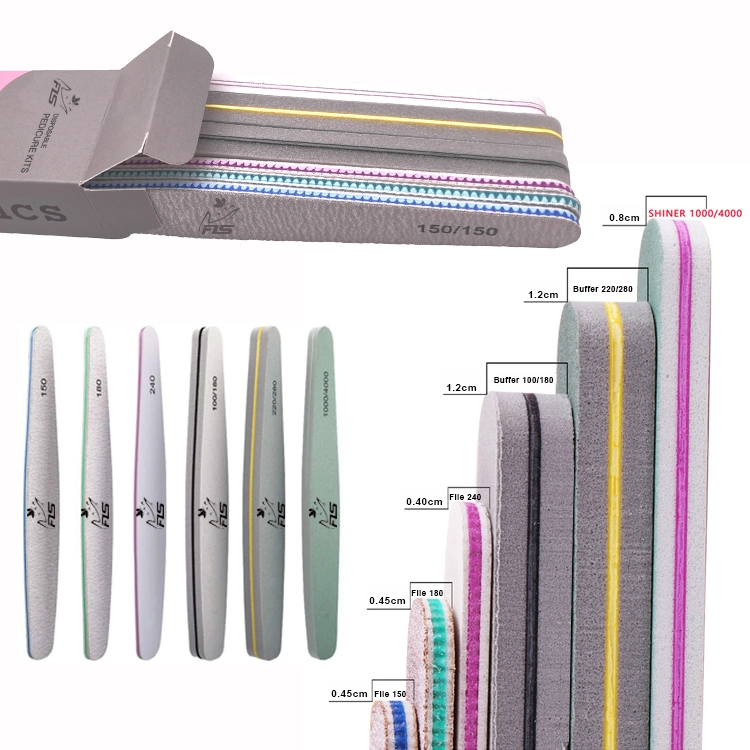
Taking care of your sandpaper nail file keeps it going strong. It also keeps your nail care safe and effective.
Filing Technique
Using the right filing trick is a must to avoid wrecking your nails. File in one direction only. Don’t see back and forth—that can split or peel them. Start with rougher grits if you’re reshaping. Then move to finer ones for smoothing or buffing. Hold the file at a slight tilt. It helps you stay in charge and get steady results.
Cleaning
Cleaning it often stops junk from piling up on your sandpaper nail file. That keeps it working at its best. Brush off dust with something soft after each use. For a deeper clean, rinse it with warm water and a bit of soap. Let it dry out fully before you stash it somewhere clean and dry.
Replacement
Even the best sandpaper nail files don’t last forever. They wear down with time. Swap it out when it gets dull or stops working well. Using an old one can mess up your nails. It’s also less clean.
By thinking about shapes, checking out solid brands like Felice, and sticking to good upkeep habits, you can get the most out of your sandpaper nail file. It’ll keep your nails in top shape too.
FAQ
Q: How long does a sandpaper nail file last?
A: Sandpaper nail files are disposable and lose effectiveness as the grit wears down. Lifespan depends on usage frequency and nail type.
Average Use: ~10–15 full manicures per file.
Durability: Coarser grits wear out faster than finer grits
Q: Are sandpaper nail files better than metal or glass files?
A: They are gentler on nails and reduce splitting compared to metal files. Glass files last longer but are less portable.
Nail Split Reduction: Sandpaper files cause 40–50% less micro-tears than metal files
Portability: Weighs <5 grams, making them ideal for travel.

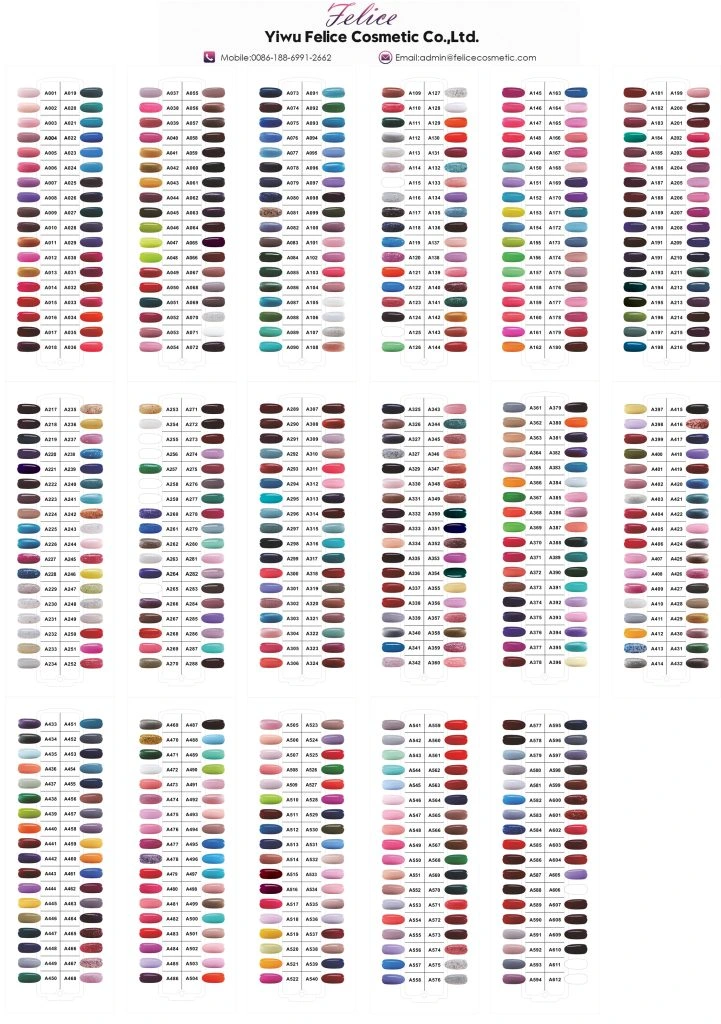
.webp)
